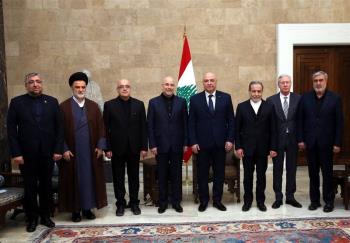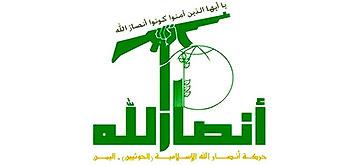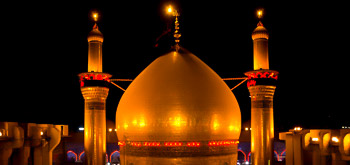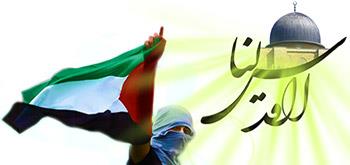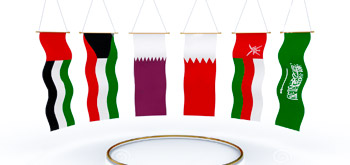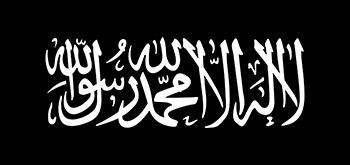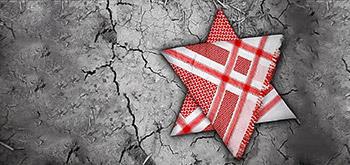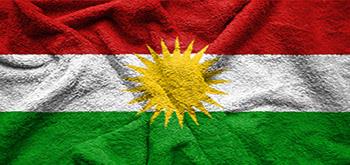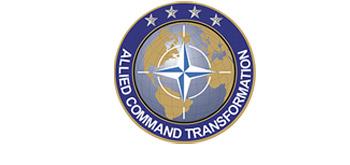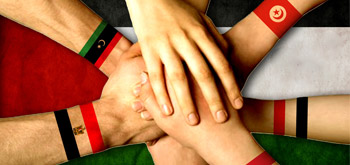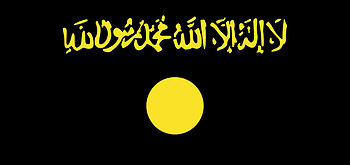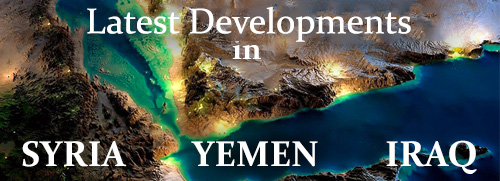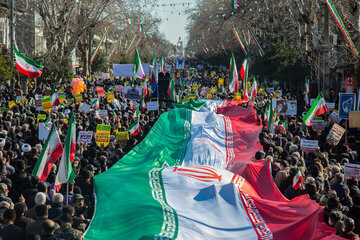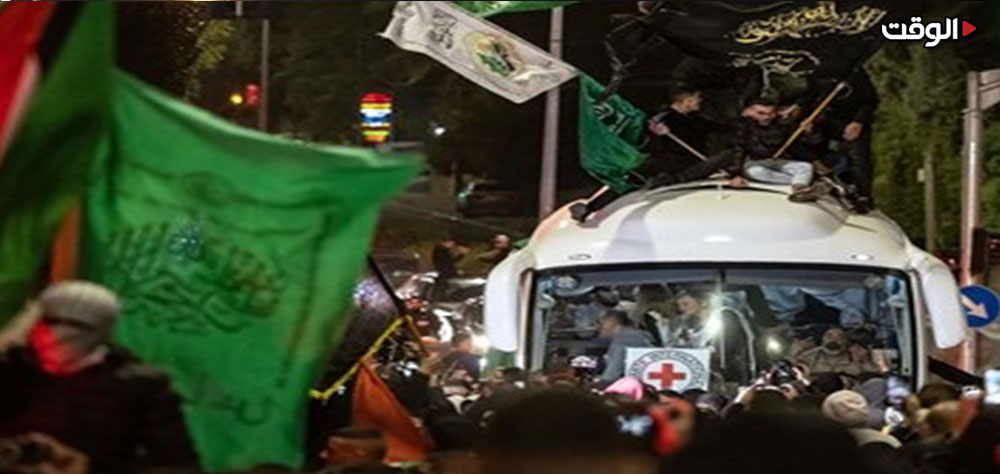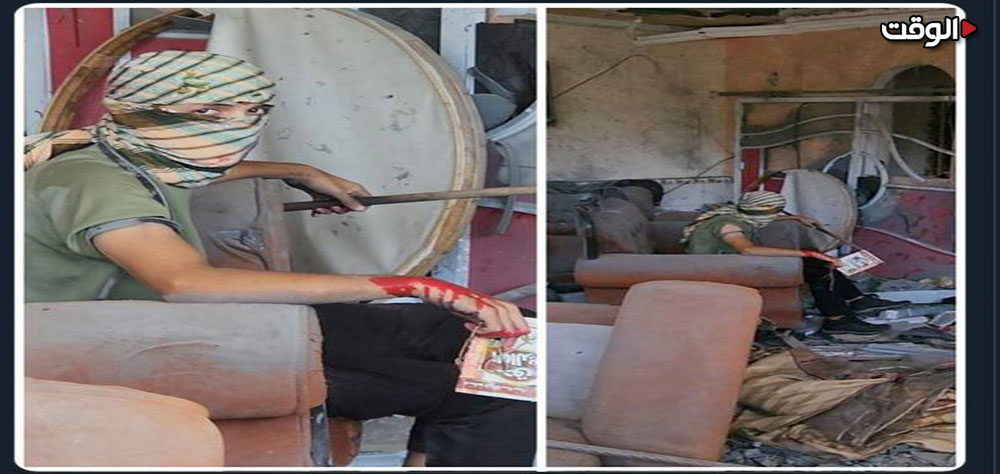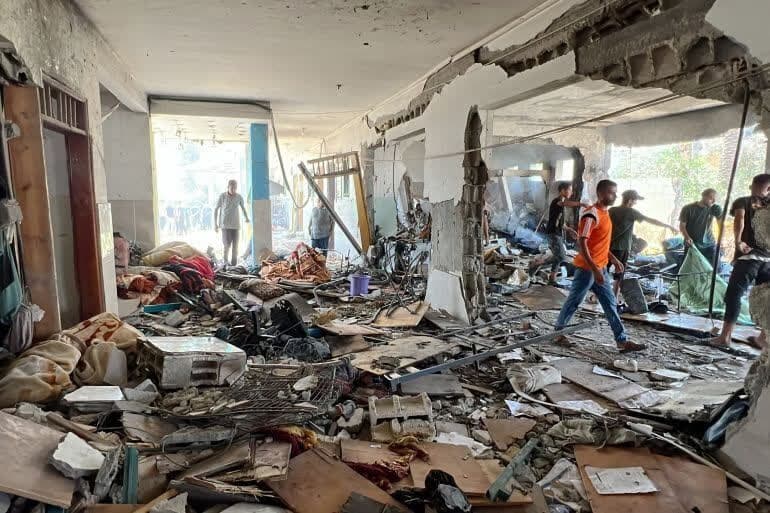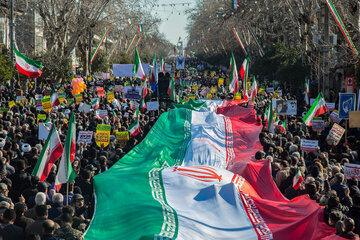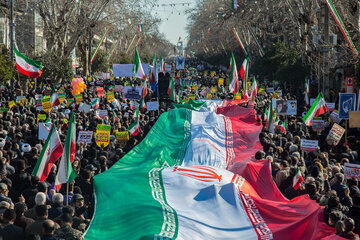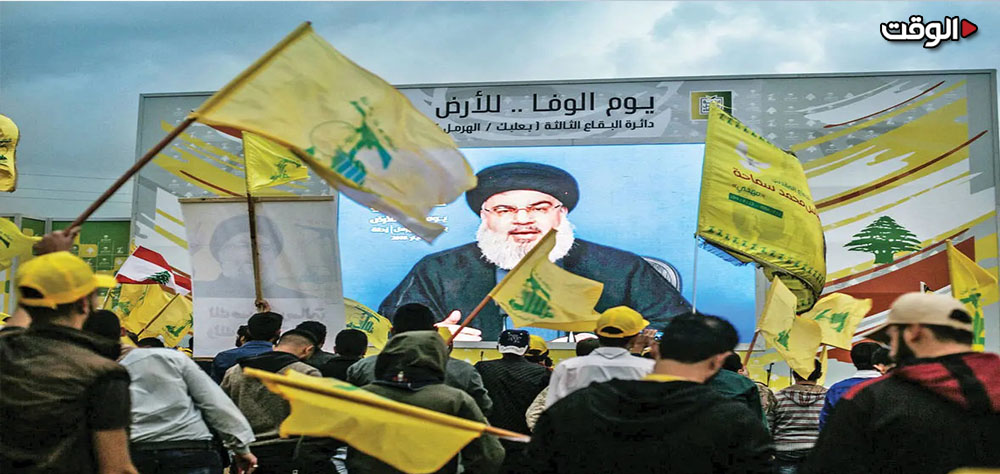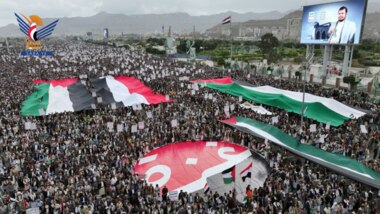Alwaght- After five months of wait, people from across Lebanon and regional countries marched in Beirut to say farewell to martyrs of Hezbollah Sayyed Hassan Nasrallah and Sayyed Hashem Safieddine.
Today, Beirut had a different atmosphere as bodies of 35 martyrs on top of them Hezbollah Secretary-General Sayyed Hassan Nasrallah and head of Hezbollah Executive Council Sayyed Hashem Safieddine were laid to rest in the arms of hundreds of thousands of lovers of the leader of the resistance, accompanied by tearful eyes, opening new page in the history of the country.
Although the ceremony was scheduled to start at 9 a.m., a large crowd of mourners already arrived at the site hours before, crowding the area around the Camille Chamoun Sports City Stadium.
The Kamil Chamoun Sports City Stadium had been packed with participants since 6 a.m., some of whom spent the night outdoors. Just an hour before the doors of the sports complex were due to open, all the places designated for funeral attendees were completely occupied.
In the early hours, streets of Beirut were buzzing with masses of participants from across Lebanon and hundreds of thousands arrived in the funeral site with their cars to pay their respects to the martyrs of resistance.
From southern Lebanon to the suburbs of Beirut and from Shiite areas to other parts of the country, people took to the streets hand in hand, in an unparalleled unity, and the slogans of "Labbayk Ya Hussein" and "Allahu Akbar" echoed in the air.
All the routes leading to the stadium were filled with popular marches, including women, children, men, and the elderly, who, by waving pictures of martyrs and Hezbollah flags, had unified the face of the city, as if the spirit of Hezbollah had been breathed into the bodies of the Lebanese people.
Since the population of mourners was enormous, large television screens were installed on most of the roads leading to the Sports City so that those participating in the roads could watch the funeral.
The population was so large that Al-Mayadeen's reporter described the scene of people entering the funeral site and the surrounding streets as "a human crawl" from all over to attend the funeral.
According to estimates, the stadium accommodated more than 23,000 seats inside and 55,000 seats outside, of which 35,000 seats were reserved for men on the opposite side of the sports city and 20,000 seats were reserved for women in the special part. Also, the Lebanese national anthem and the resistance anthem were played from loudspeakers inside the stadium and in the surrounding streets.
Banners of martyrs Nasrallah and Safieddine were hung on the outer walls of the sports complex and the roads leading to the funeral, and the atmosphere of the city took on the color and smell of resistance.
The bodies of the martyrs were carried in a huge procession through the streets of the city, accompanied by chants and songs. At the funeral, Hassan Fadlallah, a Hezbollah member of parliament, delivered a speech in which he said: “Hezbollah’s decision is to continue the path of resistance and that this resistance will be present in every field and arena.”
The official ceremony began at 1:00 p.m. local time, and the bodies of martyrs arrived in a special vehicle, and Hezbollah Secretary-General Sheikh Naim Qassem also delivered a speech. Then, the funeral procession moved to the burial place in southern suburbs of Beirut. After prayers, the martyrs were buried in a special garden that was destroyed by Israeli aircraft. Also, Sayyed Safieddine is scheduled to be buried on Monday in his hometown of Deir Qanun al-Nahr in the south.
All Lebanese tried in every way to pay their respects to the martyrs of the resistance and displayed unparalleled scenes of unity and empathy. Some worked as security forces to organize the ceremony better, while others acted as honorary sweepers for the funeral to collect garbage along the route for convenience.
On the other hand, units of the Lebanese army and Internal Security Forces were deployed to ensure the security of the participants, and Hezbollah forces also took strict security measures in the areas surrounding the funeral.
Renewing the allegiance to Sayyed Hassan Nasrallah
The funeral ceremony's face was not only the large population. Rather, many of the participants said farewell to their martyrs with a saddened heart. The people of Lebanon came to show off their loyalty and gratitude to the leader of resistance and assert that they again swear allegiance to his ideals forever.
According to Al-Manar, a child, shivering from the extreme cold, said, “I just came to be near the shrine of the master to see this spiritual teacher.” One of the women present at the ceremony said about the martyrs of the resistance, “I think we should do our part in mourning. Feeling sad is our indisputable right. We have been determined so far, and from tomorrow, contrary to what others think, we will become more resistant. Our hatred and disgust for the enemy will increase, and we will be determined to defeat it.”
One of the beautiful and memorable aspects of the ceremony was the large and distinguished presence of citizens and officials from other countries in this epic ceremony.
Al-Alam news network estimates the foreigners in the ceremony at around half a million, having entered Beirut from Saturday. The network reported that Latin American nationals who are visiting Lebanon for the first time are also present in the ceremony.
According to the committee for arrangement of the ceremony, delegations and participants from about 79 countries joined the funeral. From Iran, Parliament Speaker Mohammad Bagher Ghalibaf and Foreign Minister attended the ceremony. Representatives from various Iraqi parties also joined the event.
Massive coverage by regional and international media
Since Lebanon has never seen such a funeral, hundreds of Lebanese and foreign media outlets came from various countries to record and broadcast historic and magnificent moments to the world.
More than 450 media outlets from around the world, including press delegations from Asia, Africa, North and South America and Europe were present at the ceremony and produced and broadcast reports on the occasion. Reports suggest that the number of journalists participating in the field coverage has exceeded 600.
The press center affiliated with the Supreme Committee for the Funeral has set up a hall with the necessary equipment for journalists, an archive and a special user account in the name of Sayyed Nasrallah for the journalists to use the videos of the funeral in their broadcasting.
This center serves as a meeting place for various media groups from Arab countries, regional countries, and also European countries. This media center is intended to reflect the feelings of the people to the world with professional equipment and cameras.
Memorable funeral
The funeral is very likely the most populated and most magnificent ceremony in the contemporary history of Lebanon. These people stood by him in the toughest days and in the peak of victories, and now have said a historic farewell to their leader with epic tears and cries.
For the people of Lebanon, martyrdom of Sayyed Hassan Nasrallah was not just a loss of a leader, but loss of symbol. For most of the people of Lebanon and the region, he was a symbol of honor, courage, and resistance to oppression and domination.
In this funeral, what boils most in the hearts of the people are the deep emotions and torn hearts. This ceremony is a lament for the past and a reminder of a period in the history of struggles against occupation that Nasrallah single-handedly led.
At this moment, the tearful eyes of mothers and fathers whose children died for his ideals may forever bearwitness to the nation’s endless love for him.
Sayyed Nasrallah’s funeral, in a way, will echo the memories of thousands of fighters who fought alongside him in various battles. This ceremony will become narratives of the 33-day war with the Israeli regime, of the courage that took place in the mountains and plains of southern Lebanon, and of the unparalleled resistance that for many was more than a war, a symbol of perseverance and endurance. For those who stood by Nasrallah, this funeral will not only be a farewell to a leader, but also to a glorious period in history.
Although for many in Lebanon loss of Sayyed Nasrallah represents a deep wound, the ceremony delivers a great message to the generations to come; a message of sacrifice, resistance to oppression, and the values that need to be preserved against global challenges. The upcoming generations in Lebanon and the region will see how a faithful figure with an Ironclad resolve managed to redraw borders of the country and even send a fear in the heart of the Western imperialism and Israeli regime that remains to the end.
The funeral of Sayyed Nasrallah not only is not an end to a period, but also a start of a new chapter in the history of the resistance. This ceremony is a showcase of a nation full of love to a leader who carried them to victory through the wounds of war. The moments people of Lebanon and the region recall Sayyed Nasrallah will not be moments of sadness and pain but moments of pride and deep respect to a man who will forever live on in the region's history.


